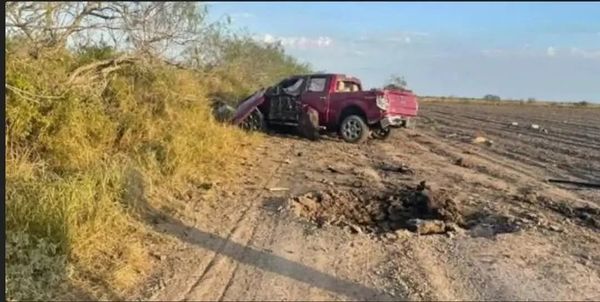
It was a sight all too familiar to Californians: orange skies and thick smoke blanketing the sky, emitting the eerily out-of-place smell of a campfire.
But this time the scenes were in New York City, as smoke from more than 400 wildfires darkened the famous skyline and gave the US its worst day of air pollution in recent history.
The scenes from the eastern seaboard harkened back to mid-September 2020 when out of control wildfires covered much of the American west in smoke, casting San Francisco’s Golden Gate Bridge and skyscrapers under an otherworldly orange glow. Before this week, 13 and 14 September 2020 were the worst days since 2006 for pollution from wildfire smoke.

Then came Canada’s wildfires which brought a once unimaginable and faraway problem to a region unfamiliar with such a disaster and a public unaccustomed to the risks of wildfire smoke and the necessary precautions.
“I don’t know if people understand how bad it can be,” said Keith Bein, a professional researcher at the University of California, Davis. “Maybe the really healthy individual is not going to have a problem. [For] the susceptible populations, there’s a real chance this could trigger something. This could be a tipping point.”
While unprecedented on the east coast, residents of the American west have grown used to the effects of wildfires thanks to years of large-scale, devastating blazes that have upended life across the region – and they have some advice.
“Mask up, use an air purifier and stay indoors if you can. If you feel tired, cranky, or out of sorts, you are probably feeling the smoke,” said the writer SE Smith on Twitter.
“Some tips for friends on the east coast: 1) Don’t go outside 2) Wear a mask if you must go outside 3) Run an air purifier all day and all night 4) AC should be in recirculate mode. Sincerely, a coast who deals with this crisis often,” Brandon Richards, a spokesperson for the California governor, said on Twitter.
Smoke is now basically a California summer, the wildlife advocate Beth Pratt said on Twitter. “A good air filter helps, but also just be careful with being outdoors (and monitor pets).”
Bein, who travels to wildfire zones to collect data on smoke to measure how it impacts humans, echoed that recommendation. “Reduce as much as you can physical activity. You want to be idle, you want to stay indoors, close your windows, you want to turn on your HVAC systems. If you have a personal air purifier turn them on.”

The best thing to do is to leave the affected area, Bein said, acknowledging that in some events there is nowhere to go and not everyone has the resources to leave.
He recommends that those who don’t have access to resources in their home go to a public place that does, such as a library. People should also be wearing masks, particularly if they have a pre-existing condition or are part of a vulnerable group, such as elderly people and pregnant women.
Wildfire smoke at the level seen on the east coast permeates everything and the risk for air pollution remains even when you cannot see or smell it.
“Even after that subsides it’s still in the air, it’s still coming off your clothes and walls. The same is going to apply if it infiltrates your home and coats your walls, it doesn’t disappear when the plume disappears.”
Research into the impacts of wildfire smoke, both long-term and immediate, is a relatively recent development and there is much that is still unknown, Bein said. But studies have tied smoke exposure to increased heart attack risks, greater risk of premature births and decreased test scores in kids.
“There’s nothing good about breathing wildfire smoke,” said Bein. “Are you able to protect yourself? Do you have air purifiers? Do you have N95s? Do you know how to use them? Do you know you need to use them?”
And given the increasing number of wildfires in the forests of Canada, residents of the east coast should prepare for more smoky days.
“This could become a major problem for the eastern seaboard in the coming years as climate change accelerates and these fires become larger and more common,” Bein said. “You get this apocalyptic doomsday sense of orange skies forever every day and this becomes the new norm.”







